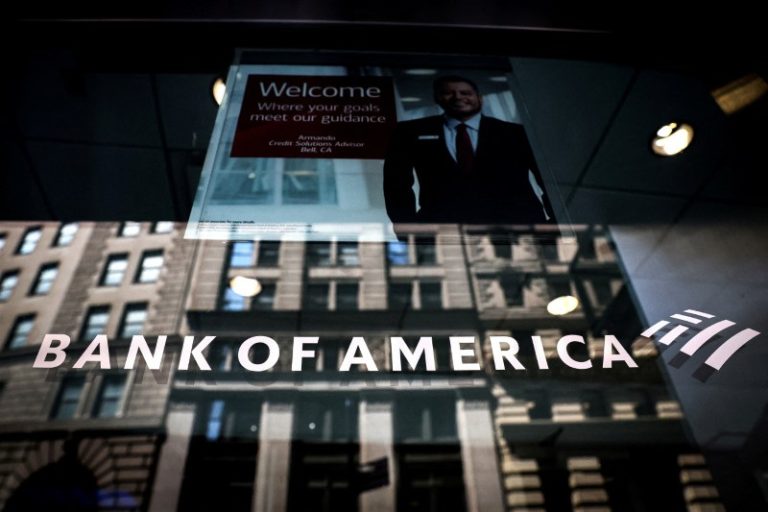Investing.com — Bank of America analysts warned in a note this week that the Federal Reserve’s December Federal Open Market Committee (FOMC) meeting signals trouble for credit spreads.
The Fed’s more hawkish stance, highlighted by a 25-basis-point rate cut and a shift in the SEP, raised concerns about inflation and broader market stability.
“The big change was in the SEP [Summary of Economic Projections],” BofA noted.
They explained that the Fed now anticipates higher core PCE inflation for 2024 at 2.5%, with risks “skewed to the upside,” potentially due to tariff impacts.
Chair Jerome Powell underscored these inflation uncertainties during the press conference, further dampening market sentiment.
According to BofA, this hawkish outlook is “bad for spreads for two reasons.” First, heightened uncertainties negatively affect credit spreads, which serve as a measure of risk.
BofA explains that following the December FOMC, equity markets reacted sharply, with the dropping 3% and the plunging 4% in a single day.
Second, the Fed’s stance is detrimental to investment-grade (IG) technicals.
“The strongest IG investor demand in 2024 was during 1Q and 3Q as the outlook for the Fed was turning more dovish,” analysts explained.
With the Fed’s outlook shifting hawkish, BofA believes investors may shy away from IG bonds despite higher yields.
“Elevated rate risks should be negative for IG demand despite higher yields,” BofA stated.
The market reaction was swift, with the Treasury yield curve bear flattening, notes the bank.
They add that the 2-year yield surged 11 basis points, and the 30-year rose by 9 basis points. Markets are now pricing in fewer Fed cuts by the end of 2025.
“Market pricing now implies 1.3 cuts in 2025, compared to two cuts forecasted by our economists,” said the bank.
Read the full article here









